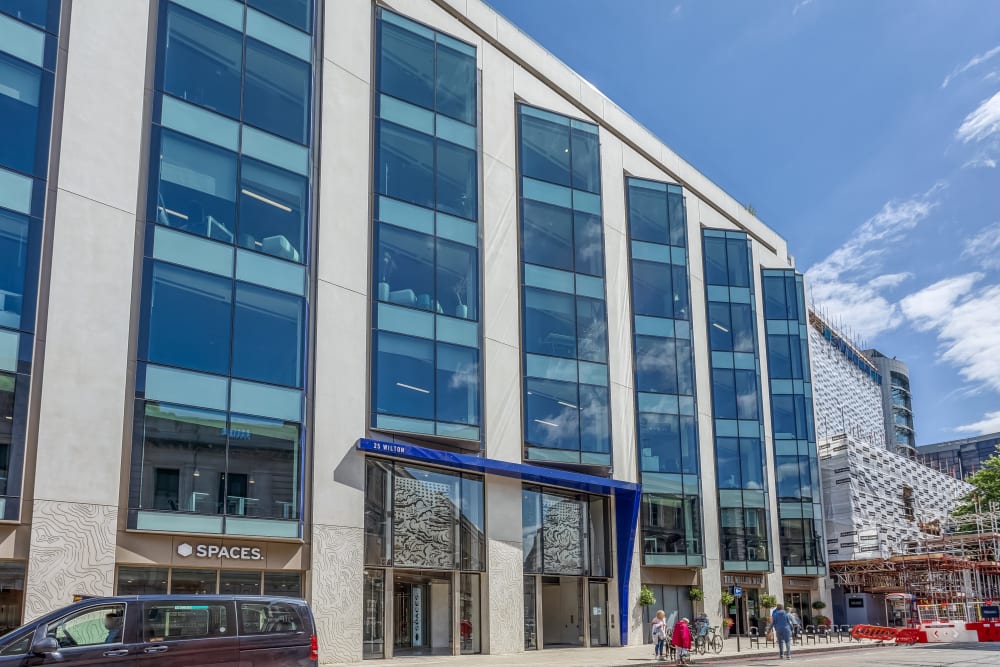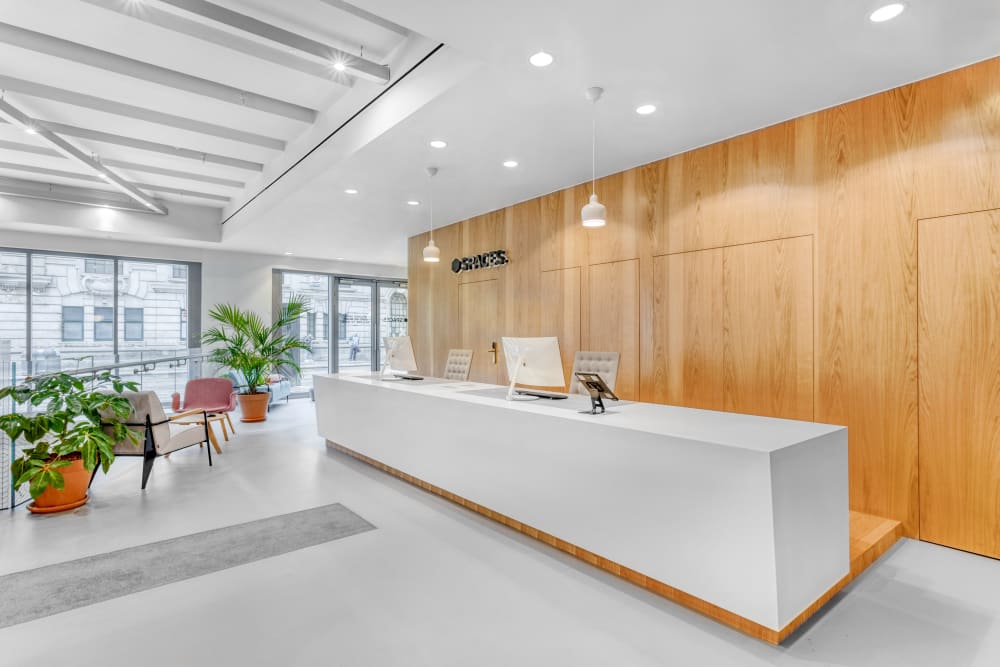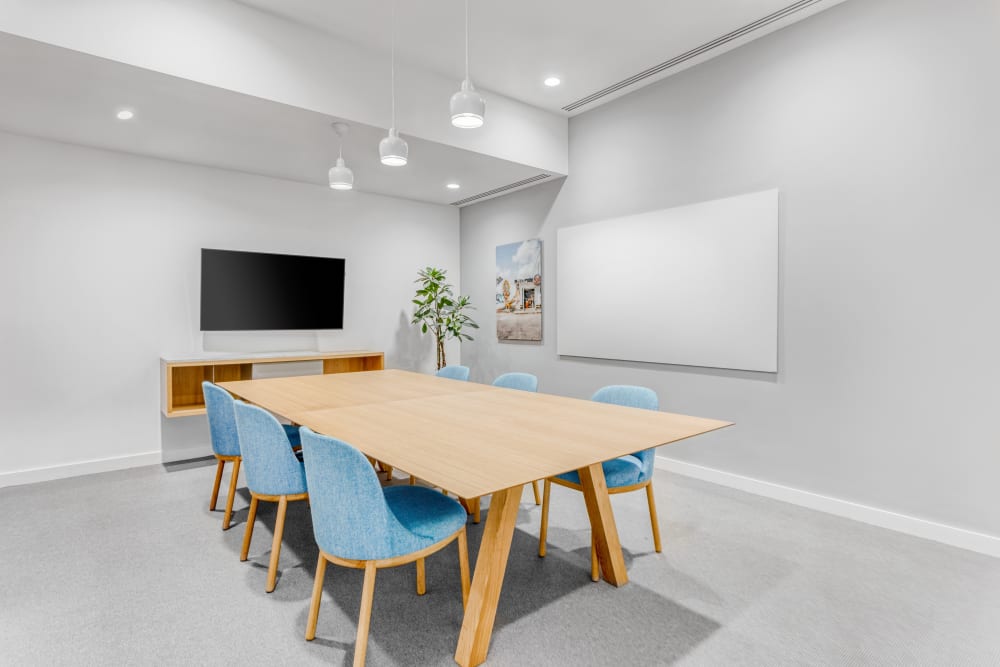


From your first online consultation to personalized aftercare, every detail of your nose job journey in Istanbul is carefully planned for you. Enjoy the comfort of VIP transfers, luxury hotel stay, and expert surgical care with M.D. Tayfun Demirel All you need to do is arrive—we handle the rest.
Your transformation begins with a personal meeting where we discuss your goals, examine your unique needs, and create a customized treatment plan tailored just for you.
Our clinic and hospital are located in the heart of Istanbul, making your treatment experience easily accessible, comfortable, and surrounded by city attractions.
Your procedure is performed in one of Turkey’s most prestigious hospitals, equipped with the latest medical technologies and internationally accredited care standards.
We ensure your comfort and safety at every step — from modern patient rooms to expert surgical teams and strict hygiene protocols.
Need private airport or hotel transfers? We can arrange VIP transportation upon request (not included in the treatment package).
After your nose job surgery, you will be hosted at the hospital for one night.
Operation check-up is made on the sixth day after your nose job surgery. Periodical follow-up controls will be made by the representative assigned to you for your convenience.
Whether you are undergoing your first nose surgery or seeking a correction through revision rhinoplasty in Turkey, the procedure performed by Dr. Demirel follows a safe, precise, and personalized approach. Every operation is carried out under general anesthesia, ensuring complete comfort throughout the process.
The surgery typically lasts 2 to 3 hours, depending on the complexity of the case. Revision rhinoplasty, which involves correcting the results of a previous procedure, may require more detailed planning and technical finesse—something M.D. Tayfun Demirel is highly experienced in.
After the operation, patients are hosted in the hospital for 1 night to monitor recovery, manage swelling, and ensure optimal post-operative comfort. You will be discharged the next day with clear instructions and follow-up care.
Dr. Demirel uses advanced methods such as the closed rhinoplasty technique and Piezo ultrasonic technology, which allow for tissue-friendly bone sculpting and minimize trauma—especially important in delicate revision cases.
Post-surgery, patients typically experience mild sensitivity for up to 3 weeks, and can return to work within 10 to 14 days. With a 98% satisfaction rate and results designed to last a lifetime, Dr. Demirel’s rhinoplasty and revision rhinoplasty in Turkey are trusted by patients from all over the world.

I am a graduate of Marmara University, Faculty of Medicine. Between 2000 and 2005, I completed my specialization in the Department of Ear Nose Throat and Head and Neck Surgery at Istanbul University Faculty of Medicine. I worked for many years at Çapa Hospital, Istanbul Medipol Hospital and Hisar Intercontinental Hospital respectively. Especially Prominent Ear Surgery, Rhinoplasty, Head and Neck Surgery, Throat Cancer, Nasal Flesh and Tonsil diseases are among the treatments I apply primarily and frequently.
I have been serving my patients in my private clinic since September 2020.
Education
Marmara University Faculty of Medicine
Istanbul University Faculty of Medicine
Certificates
Ear Nose Throat and Head and Neck Surgery
Department of Surgery


















